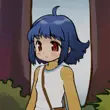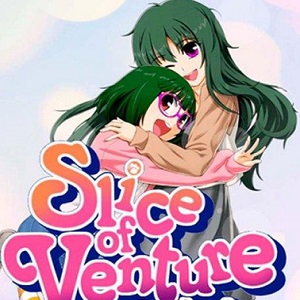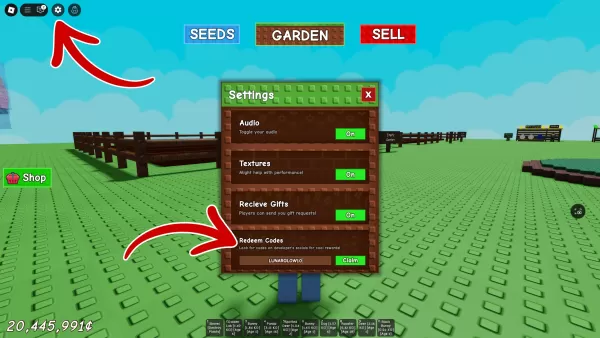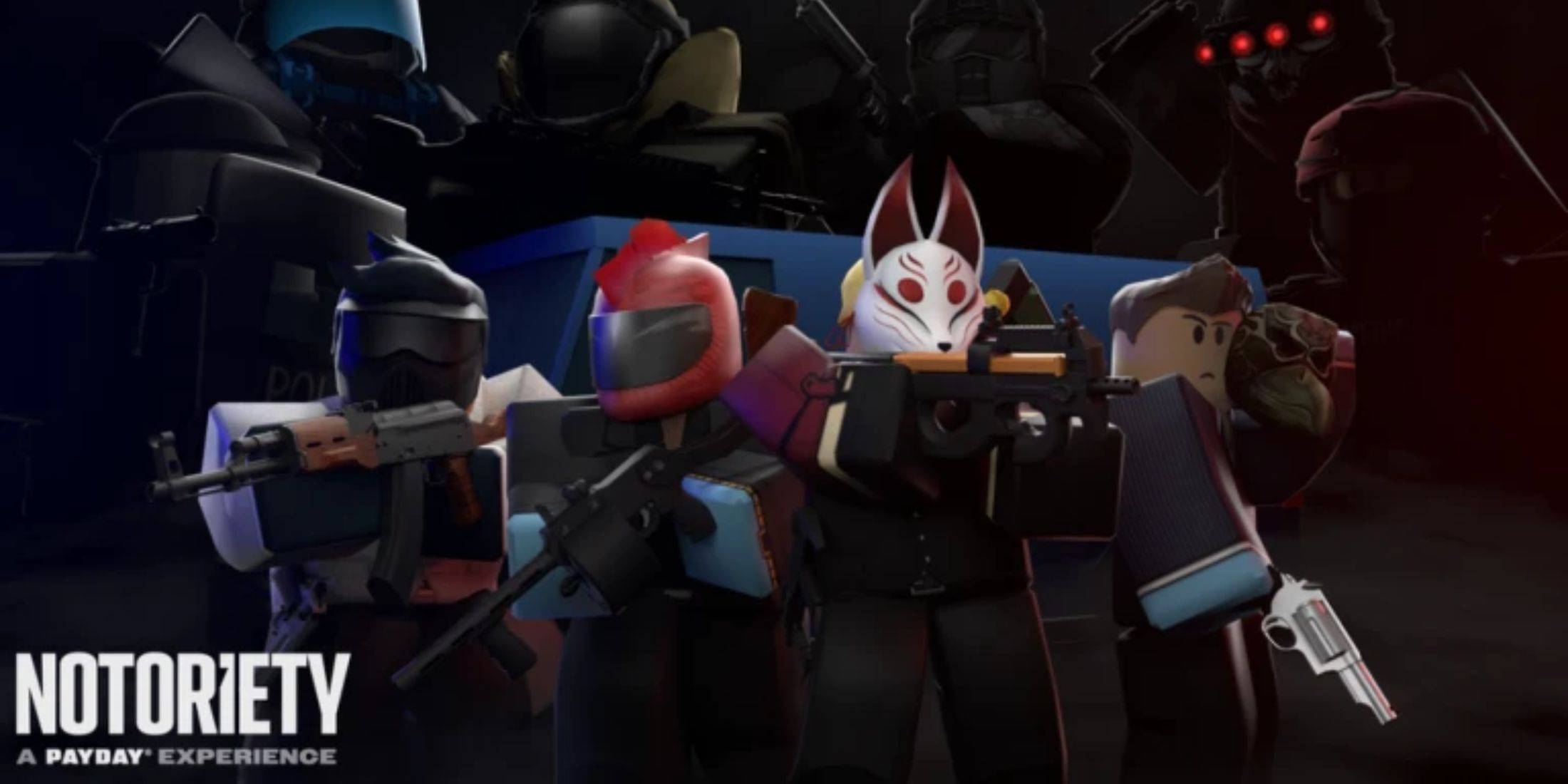For Many Years in Minecraft: The Whole Story of the Legendary Game
Minecraft: From Humble Beginnings to Global Phenomenon
Few realize the remarkable journey of Minecraft, a globally acclaimed video game. This article delves into its history, tracing its evolution from a single programmer's vision to a cultural landmark reshaping the gaming landscape. The story begins in 2009...
Table of Contents
- Initial Concept and Development
- Cultivating a Dedicated Player Base
- Official Launch and Worldwide Success
- Minecraft Versions Across Platforms
Initial Concept and Development
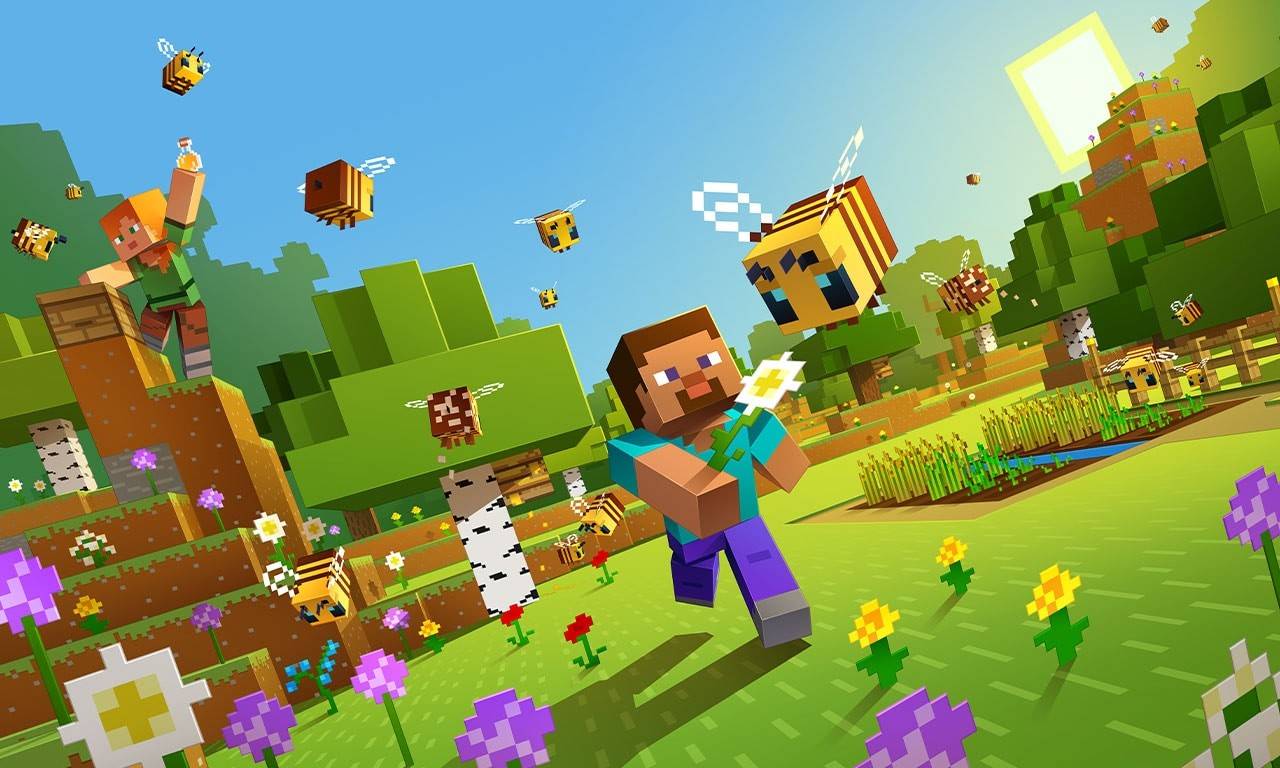 Image: apkpure.cfd
Image: apkpure.cfd
Created by Markus Persson ("Notch") in Sweden, Minecraft drew inspiration from games like Dwarf Fortress, Dungeon Keeper, and Infiniminer. Notch aimed to create a game emphasizing freedom of building and exploration. The alpha version debuted on May 17, 2009, a lightweight pixelated sandbox developed during his time at King.com. Its innovative building mechanics instantly captivated players.
Cultivating a Dedicated Player Base
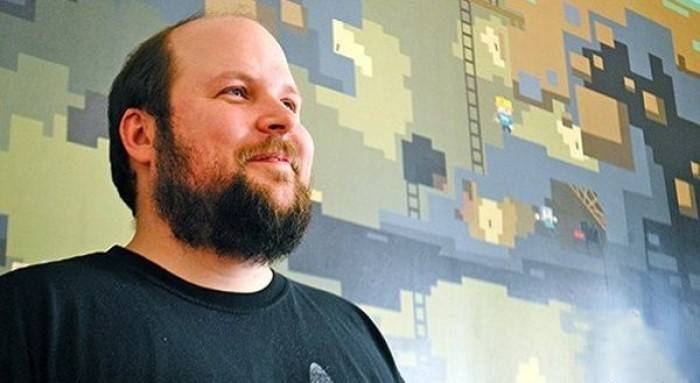 Image: miastogier.pl
Image: miastogier.pl
Word-of-mouth and online player communities fueled Minecraft's rapid growth. By 2010, the game transitioned to beta, prompting Persson to establish Mojang Studios to fully dedicate himself to its development. The game's unique concept and boundless creative potential resonated deeply with players, who constructed everything from homes and famous landmarks to entire cities. A pivotal update introduced Redstone, enabling complex in-game mechanisms.
Official Launch and Worldwide Success
 Image: minecraft.net
Image: minecraft.net
Minecraft's official 1.0 release on November 18, 2011, solidified its position with millions of players. The game's massive and active community generated countless modifications, maps, and even educational projects. Collaborations with various platforms in 2012 extended its reach to consoles like the Xbox 360 and PlayStation 3, further expanding its player base. Minecraft's appeal to children and teenagers was particularly strong, inspiring a generation of creative endeavors.
Minecraft Versions Across Platforms
 Image: aparat.com
Image: aparat.com
Below is a summary of significant Minecraft versions post-launch:
| Version | Description |
| Minecraft Classic | The original free version. |
| Minecraft: Java Edition | Initially lacked cross-platform play; Bedrock Edition later integrated. |
| Minecraft: Bedrock Edition | Introduced cross-platform play; Java Edition included on PC. |
| Minecraft mobile | Cross-platform compatible with other Bedrock versions. |
| Minecraft for Chromebook | Chromebook-specific version. |
| Minecraft for Nintendo Switch | Includes the Super Mario Mash-up pack. |
| Minecraft for PlayStation | Cross-platform compatible with other Bedrock versions. |
| Minecraft for Xbox One | Partially Bedrock; updates ceased. |
| Minecraft for Xbox 360 | Support ended after the Aquatic Update. |
| Minecraft for PS4 | Partially Bedrock; updates ceased. |
| Minecraft for PS3 | Support ended. |
| Minecraft for PlayStation Vita | Support ended. |
| Minecraft for Wii U | Offered off-screen play. |
| Minecraft: New Nintendo 3DS Edition | Support ended. |
| Minecraft for China | China-only version. |
| Minecraft Education | Educational version used in schools and learning environments. |
| Minecraft: PI Edition | Educational version for Raspberry Pi. |
Conclusion
Minecraft's legacy extends far beyond a single game. It's a thriving ecosystem encompassing communities, YouTube channels, merchandise, and official competitions. Continuous updates introduce new biomes, characters, and features, ensuring its enduring appeal.
-
Death Stranding 2: On the Beach director Hideo Kojima allegedly revamped significant portions of the game midway through development after playtesters responded "too positively," stating he actively avoids creating "mainstream" content.The insight coAuthor : Emery Dec 14,2025
-
Budget-Friendly Gaming Monitor DealGamers seeking an affordable display will want to jump on this limited-time Amazon Prime Day offer. For today only, Amazon's Lightning Deal features a 27" KTC gaming monitor priced at just $98.59 shipped. With overAuthor : Noah Dec 13,2025
-
 |Poppy Playtime| Walkthrough|Download
|Poppy Playtime| Walkthrough|Download -
 Casus Kim - Who's spy?Download
Casus Kim - Who's spy?Download -
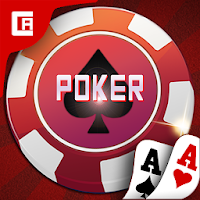 Poker Boss: Texas Holdem OfflineDownload
Poker Boss: Texas Holdem OfflineDownload -
 Pokdeng OnlineDownload
Pokdeng OnlineDownload -
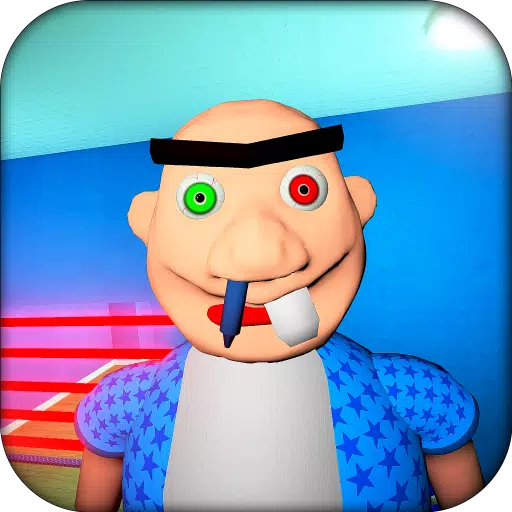 Escape Giant ObbyDownload
Escape Giant ObbyDownload -
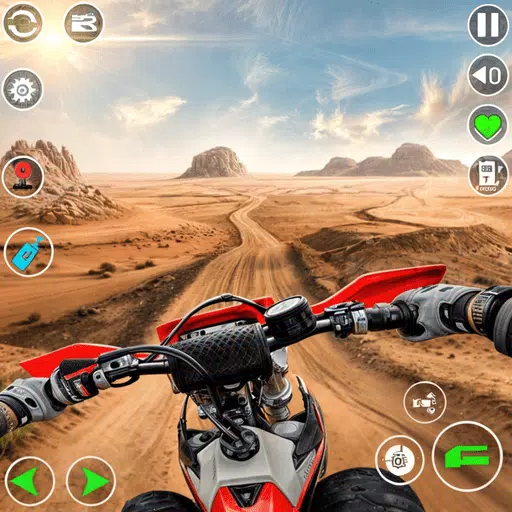 Motocross Dirt Bike Racing 3DDownload
Motocross Dirt Bike Racing 3DDownload -
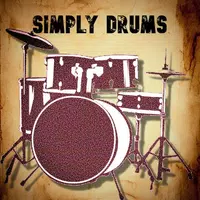 Drum Studio: Bateria VirtualDownload
Drum Studio: Bateria VirtualDownload -
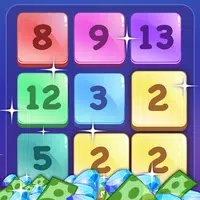 Number Boom - Island KingDownload
Number Boom - Island KingDownload -
 iFruitDownload
iFruitDownload -
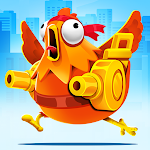 GunStar MDownload
GunStar MDownload
- Black Ops 6 Zombies: How To Configure The Summoning Circle Rings on Citadelle Des Morts
- Harvest Moon: Lost Valley DLC and Preorder Details Revealed
- Roblox: Latest DOORS Codes Released!
- Silent Hill 2 Remake Coming to Xbox and Switch in 2025
- Roblox: Blox Fruits Codes (January 2025)
- Roblox: Freeze for UGC Codes (January 2025)

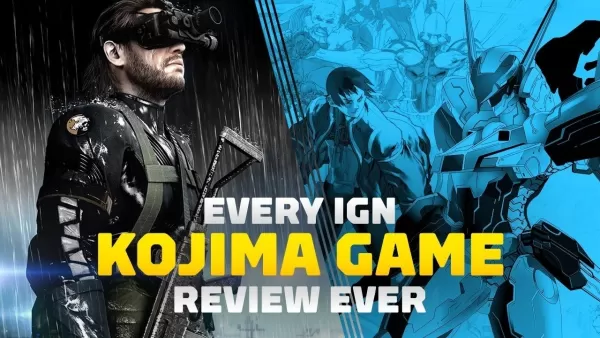

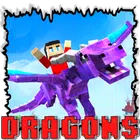
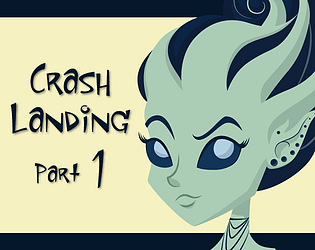
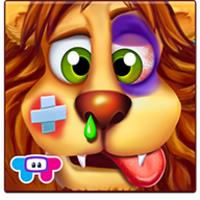


![Taffy Tales [v1.07.3a]](https://imgs.ehr99.com/uploads/32/1719554710667e529623764.jpg)

